Ever wonder why your European buddy seems perfectly content sipping coffee at a sidewalk café for hours or winces at the sight of your XXL soda? Across the Atlantic, Europeans have developed habits that might leave some Americans scratching their heads. Here are 18 surprising habits Europeans have that Americans don’t comprehend.
Using Public Transportation
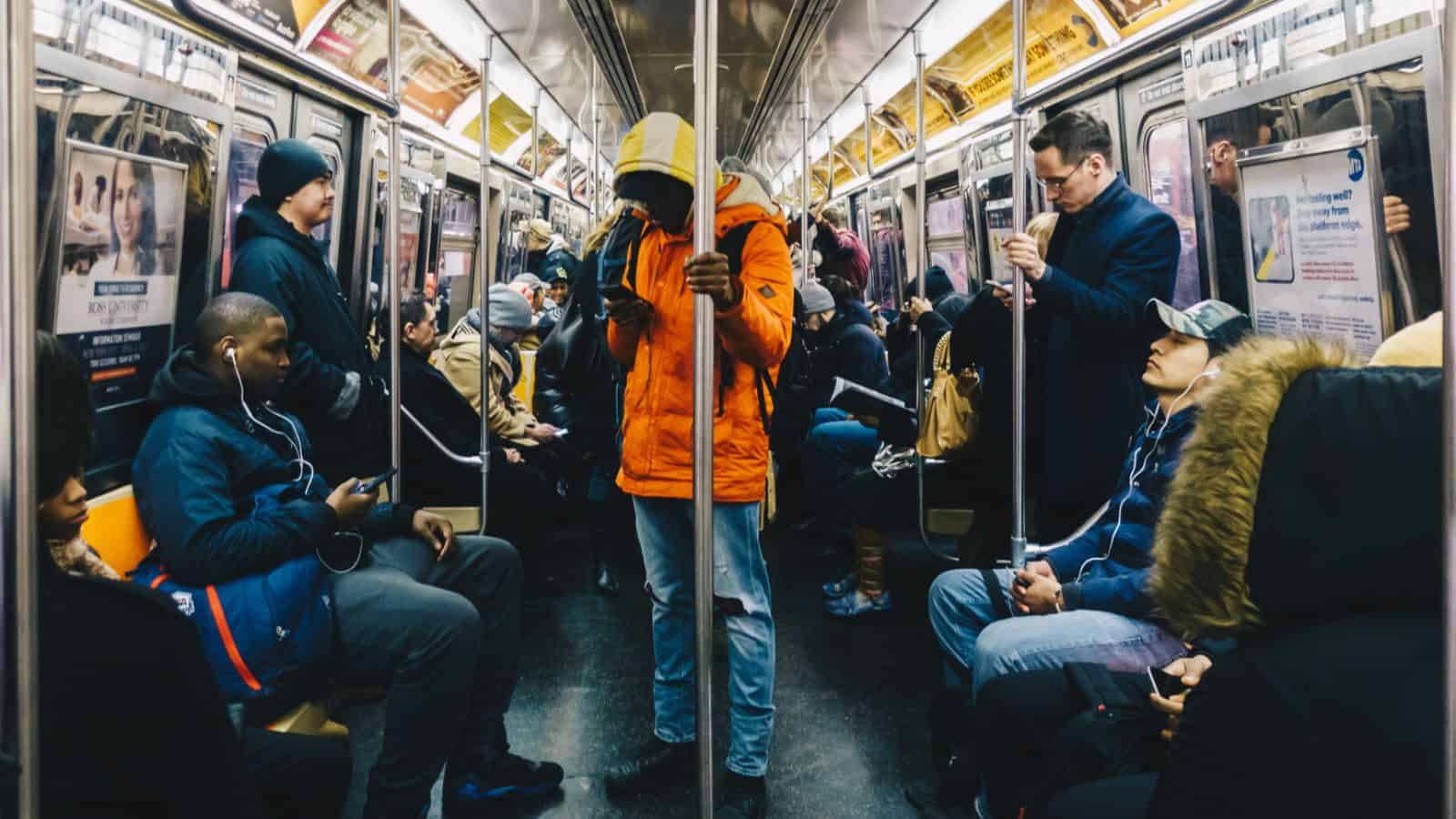
In cities like Paris, London, and Madrid, the metro and other public transportation services provide a crucial alternative to getting around. Europeans rely heavily on trains, buses, and trams for daily commutes and travel, while Americans often prioritize cars. CNN Travel acknowledged London as being “the first and still one of the greatest of the world’s metro networks.” So better check it out next time you’re in town.
Walking & Cycling Short Distances
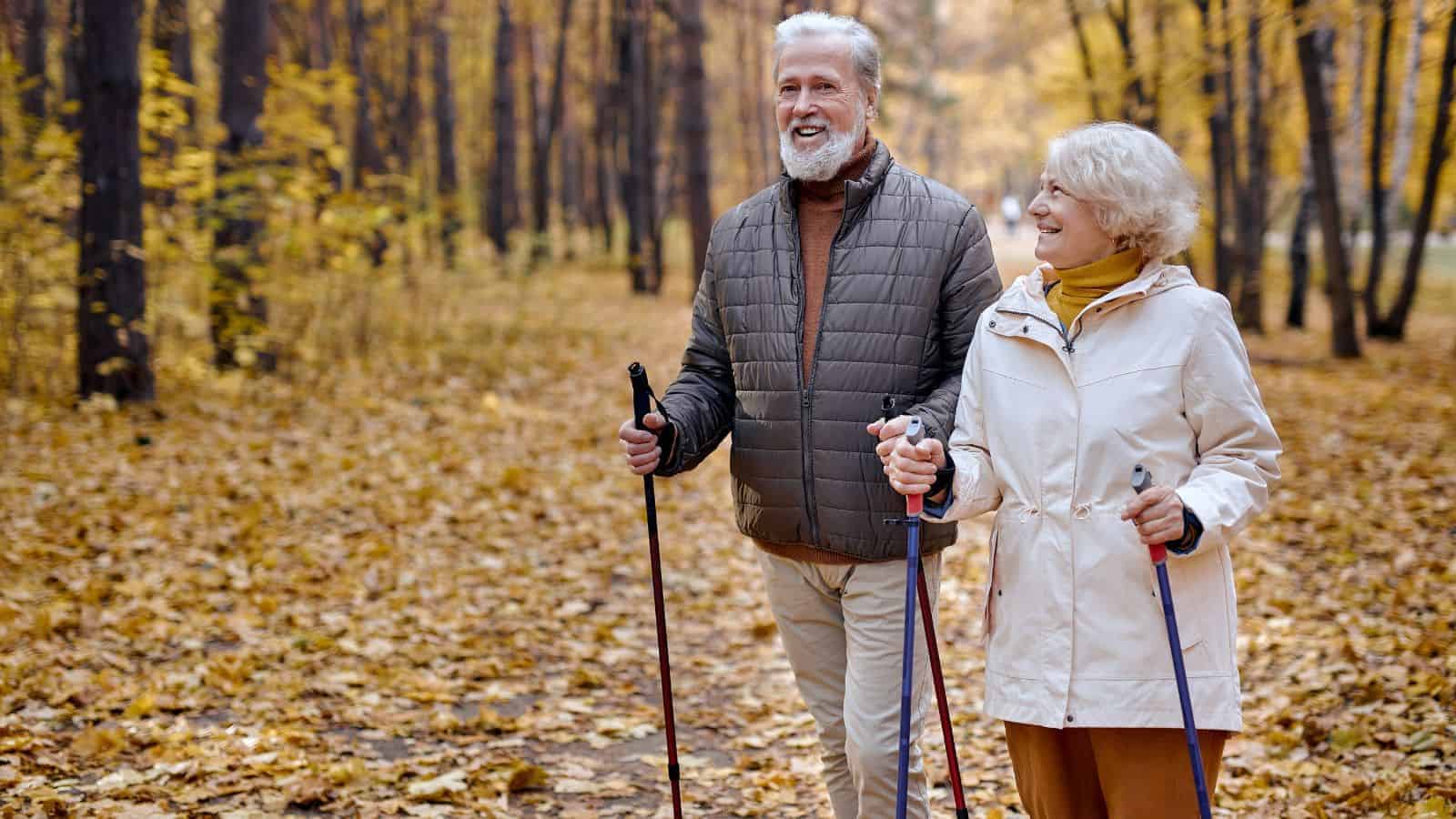
Europeans embrace walking or cycling for errands and leisure, whereas Americans tend to drive even for short trips. MinnPost highlights how, in the U.S., “no one would think of riding to school or the mall instead of catching a ride in the parent’s SUV.” Possibly the smaller towns and shorter distances have developed a habit for Europeans to walk or cycle more than Americans.
Longer Lunch Breaks

Europeans often enjoy extended lunch breaks, sometimes up to two hours, to relax and socialize, while Americans typically have shorter, quicker lunches. Americans, accustomed to fast-paced work environments and short lunch breaks, often struggle to grasp the European concept of leisurely midday meals. In the U.S., lunch is often a rushed affair, eaten at desks or on the go, with a focus on maximizing productivity.
Late Dinners

More accustomed to early dinners, Americans will often eat dinner between 5 and 7 p.m., finding the European tradition of eating dinner late quite perplexing. In many European countries, dinner is not just a meal but a social event, often commencing around 8 or 9 p.m., or even later in Mediterranean countries. This cultural difference stems from various factors, including longer working hours, siestas in some regions, and the emphasis on enjoying leisurely meals with family and friends.
Drinking Less Soda

If you get offered a beverage in a European home, then it is more likely to be tea, water, or wine than a sugary soda. A report by Healthy Food America stated that “soda is still the dominant sugary drink, making up 65 percent of sugary drink sales.” While soda consumption is a cultural norm in the U.S., with many Americans reaching for sugary drinks throughout the day, Europeans tend to view soda as an occasional treat rather than a daily staple.
Café Culture

While the average American often views coffee shops as a quick pit stop for a caffeine fix, Europeans have cultivated a rich café culture where lingering over coffee and conversation is the norm. In European cities, cafés are social hubs where friends and family gather to chat, read, or simply people-watch. The majority of cafés emphasize relaxation and enjoyment rather than fast-paced convenience.
Longer Vacations
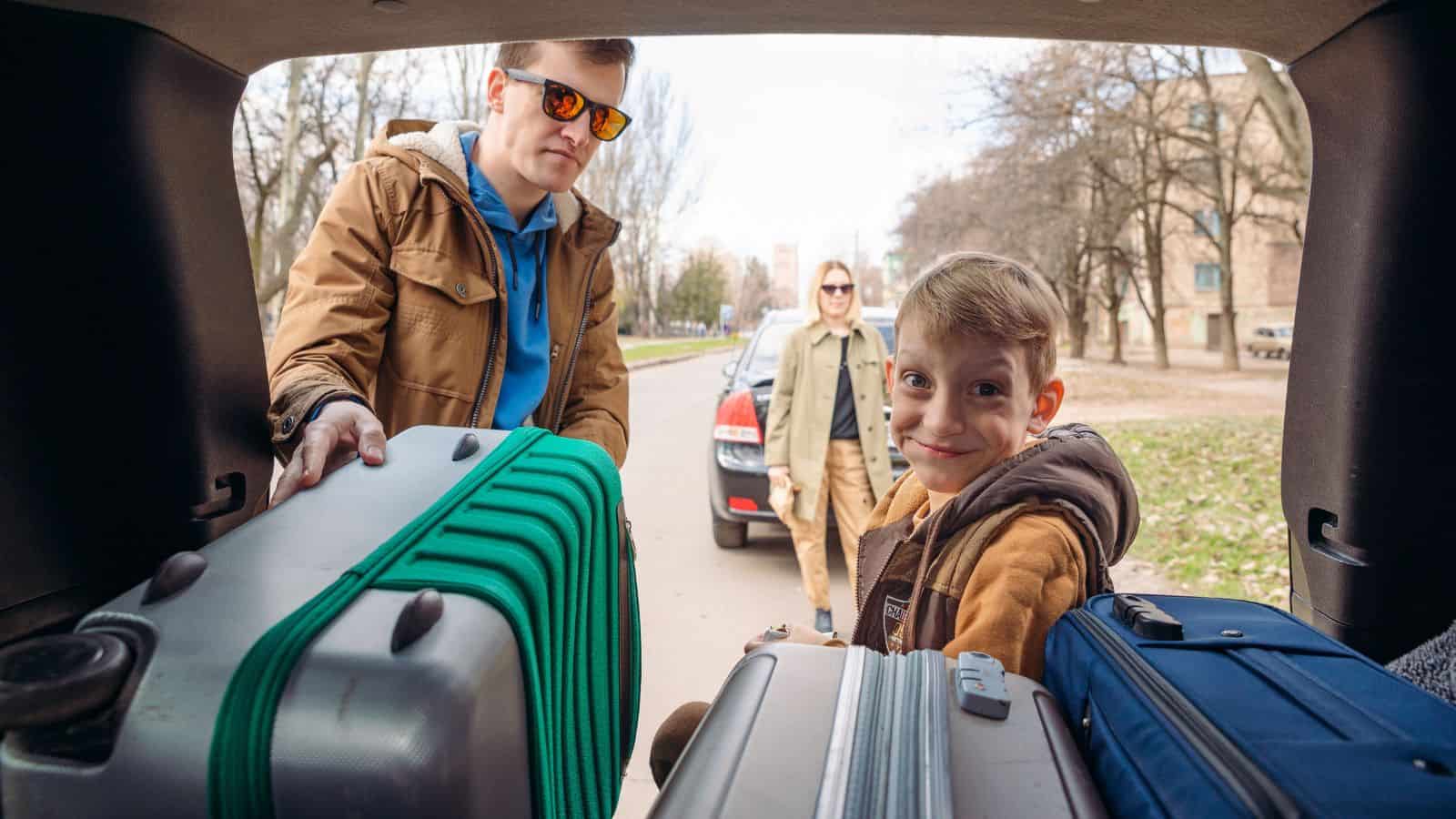
In the U.S., the concept of lengthy vacations, often exceeding two weeks, can seem like an unattainable luxury for many workers. Americans are accustomed to a work culture that often prioritizes productivity over rest and relaxation, whereas the average European can receive around four weeks off per year. CNBC reported that “while roughly 80% of U.S. workers have some kind of paid time off, nearly half of workers report not using all of their vacation time.”
Smaller Refrigerators
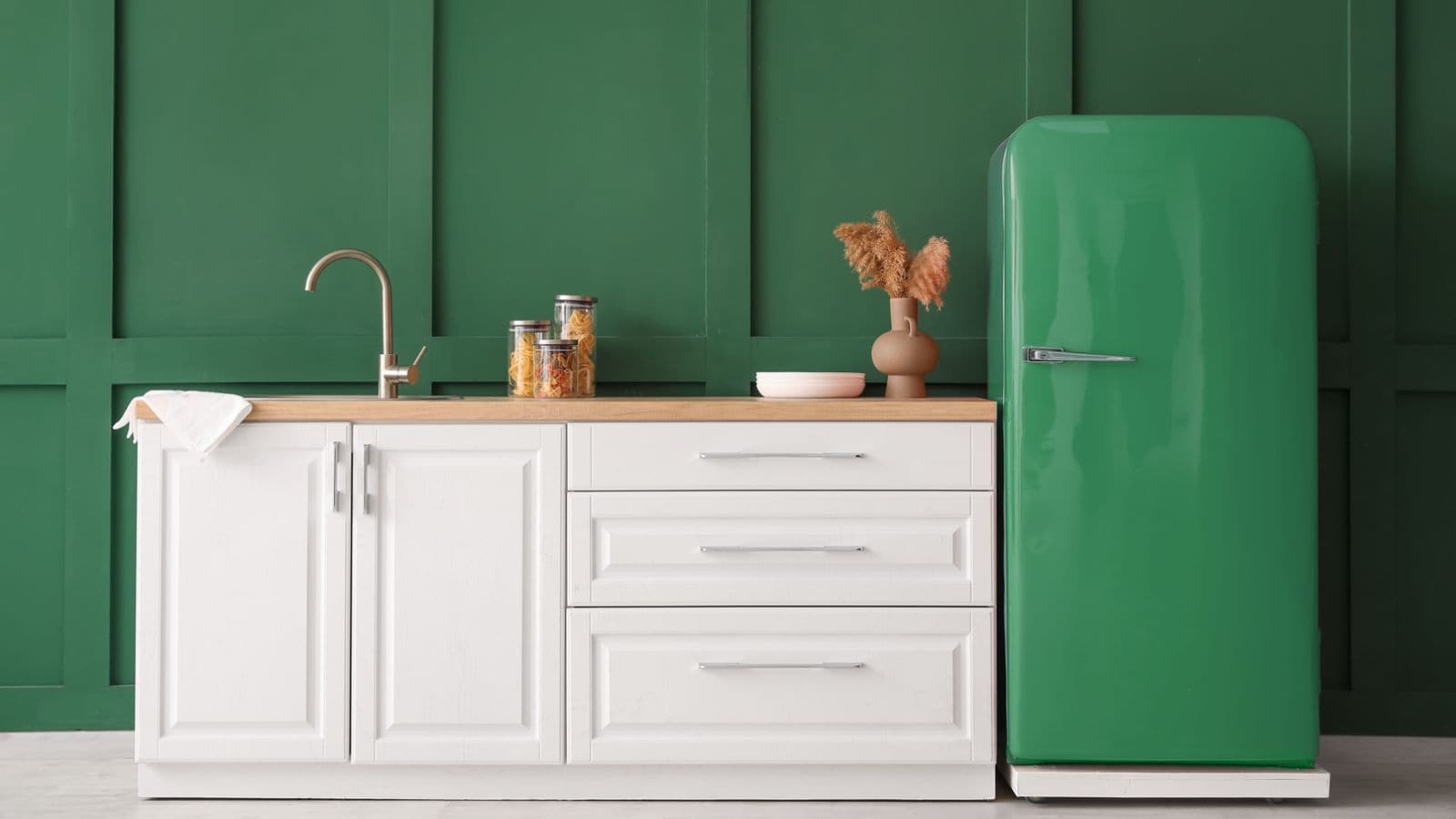
Appliances found in a typical European home will be a lot smaller than those in an American one. This cultural difference stems from various factors, including smaller living spaces, different shopping habits, and a focus on fresh food. Americans, accustomed to sprawling kitchens and oversized refrigerators, are often confused by the choice to opt for a smaller refrigerator than a larger one, which leaves plenty of space to fit everything you might need inside.
Clotheslines
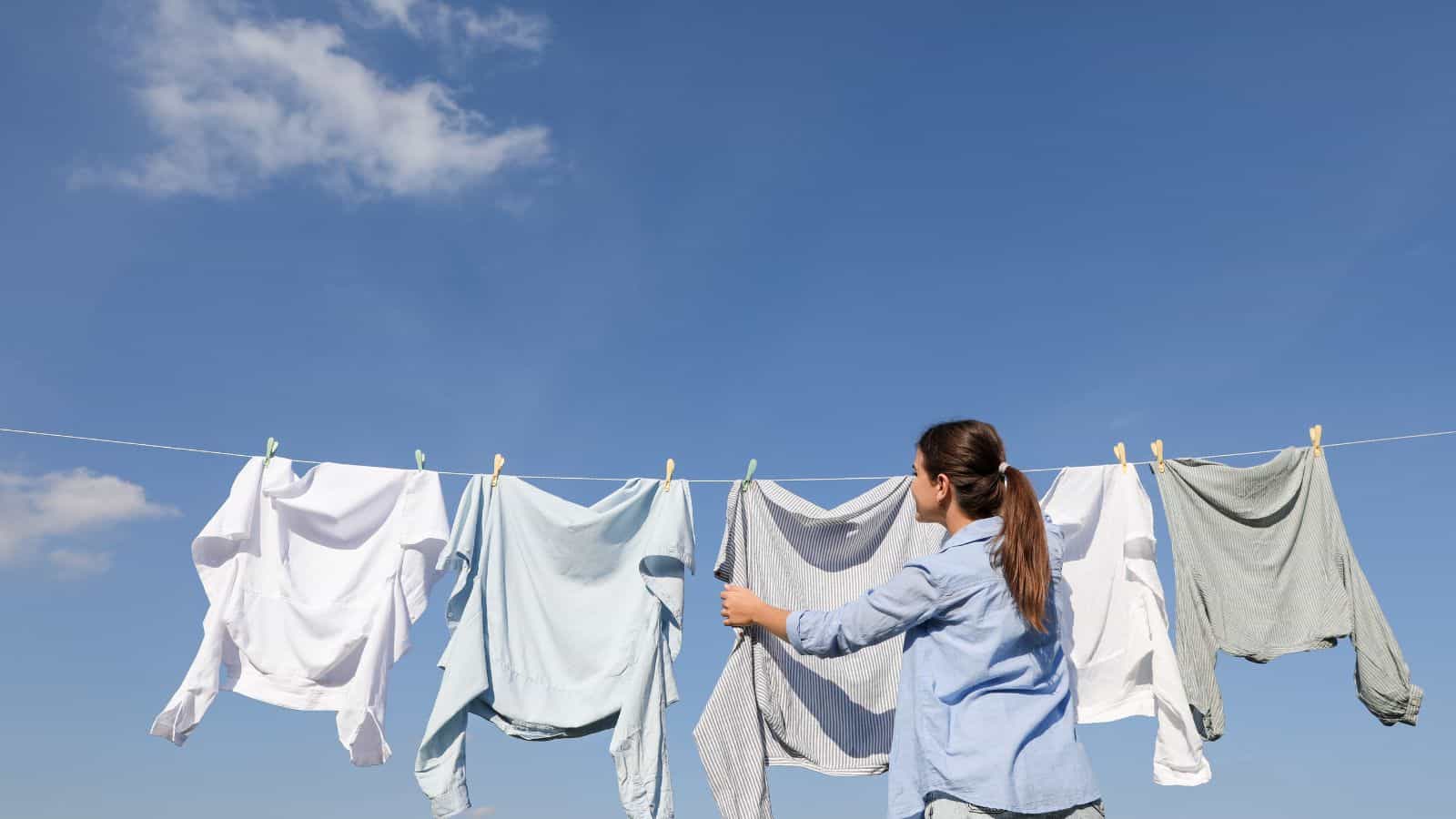
Seeing your underpants air-dry on a rope in the garden isn’t the first choice for most Americans, who are accustomed to a dedicated laundry room. Europeans view air-drying clothes as a simple yet effective way to reduce their reliance on electricity and lower household bills. Additionally, many European homes, especially older ones, may not have dedicated laundry rooms like those found in many American households.
Casual Dress

The European approach to casual attire can be perplexing to Americans, who might don jeans and t-shirts for a casual outing rather than the well-fitted clothing often worn by your average European. In general, Americans tend to prioritize comfort and individuality in their clothing choices. This can be attributed to factors like historical traditions, fashion influences, and societal expectations regarding dress codes.
Bidet Toilets

It’s possible that the first time an American sees a bidet, they might be horrified or slightly confused and start washing their feet. Bidet toilets use a stream of water to clean the user, reducing the need for toilet paper. Europeans view them as more hygienic and see bidet toilets as more sanitary and environmentally friendly, whereas Americans might not quite know what to do with one.
Not Tipping

Maybe one of the most disagreed-upon opinions is that of not tipping. Americans, accustomed to tipping generously for various services, often find themselves bewildered by the European approach to gratuities. While tipping is certainly appreciated in Europe, it’s not expected to the same extent or frequency as in the U.S. In many European countries, tips are considered optional rather than mandatory. Americans often feel obligated to tip generously, even when the service is not all that.
Shoes Off Indoors
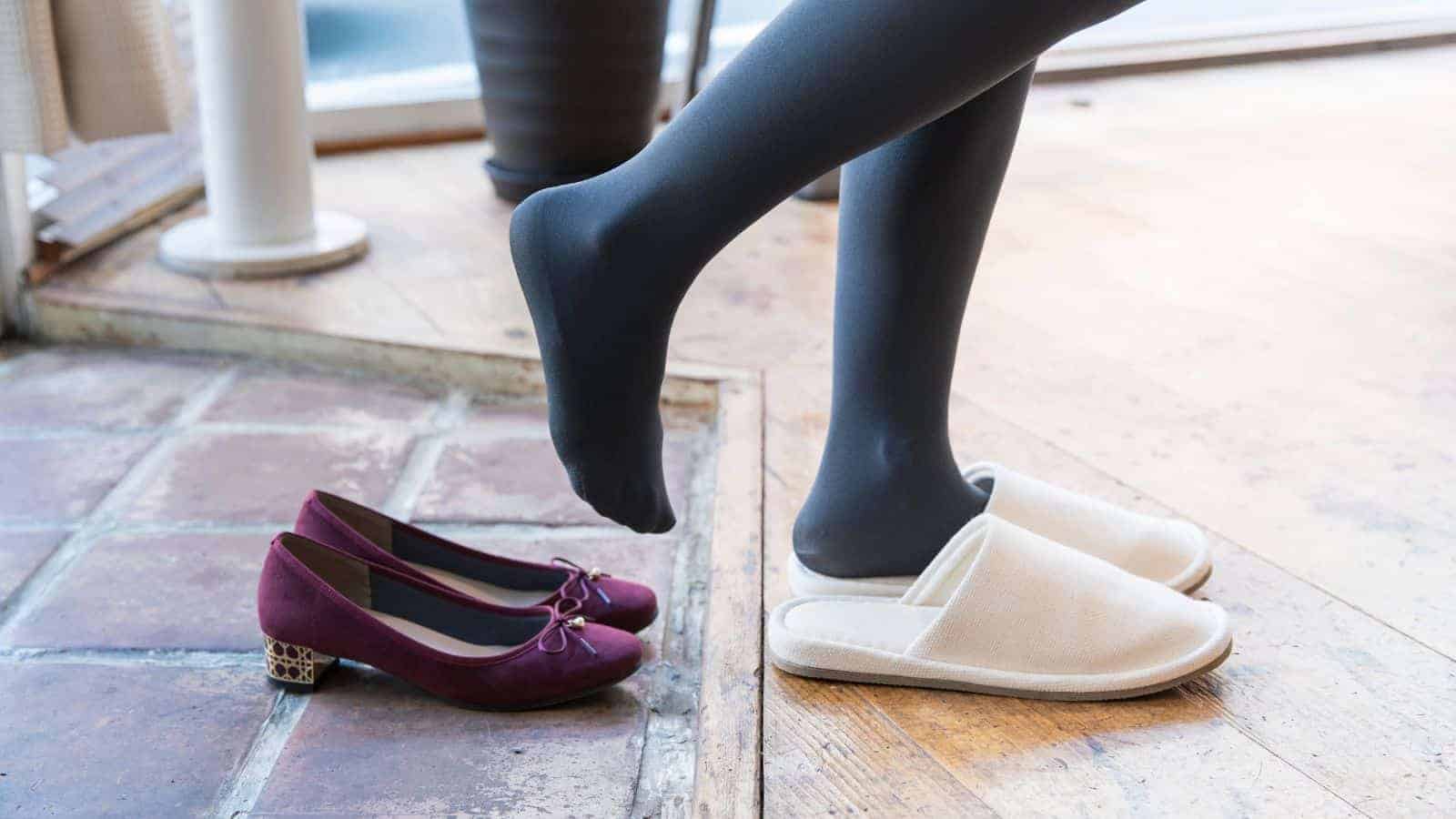
Entering most European homes without even offering to remove your shoes could be seen as rude and disrespectful to the owner, but for many Americans, the concept of removing shoes upon entering a home can seem unusual and even inconvenient. However, it’s a common practice in many European cultures, rooted in practicality and hygiene concerns. Americans may perceive this custom as overly formal or fussy; it’s simply a cultural difference that many Europeans find essential for maintaining a clean and comfortable home environment.
Roundabouts
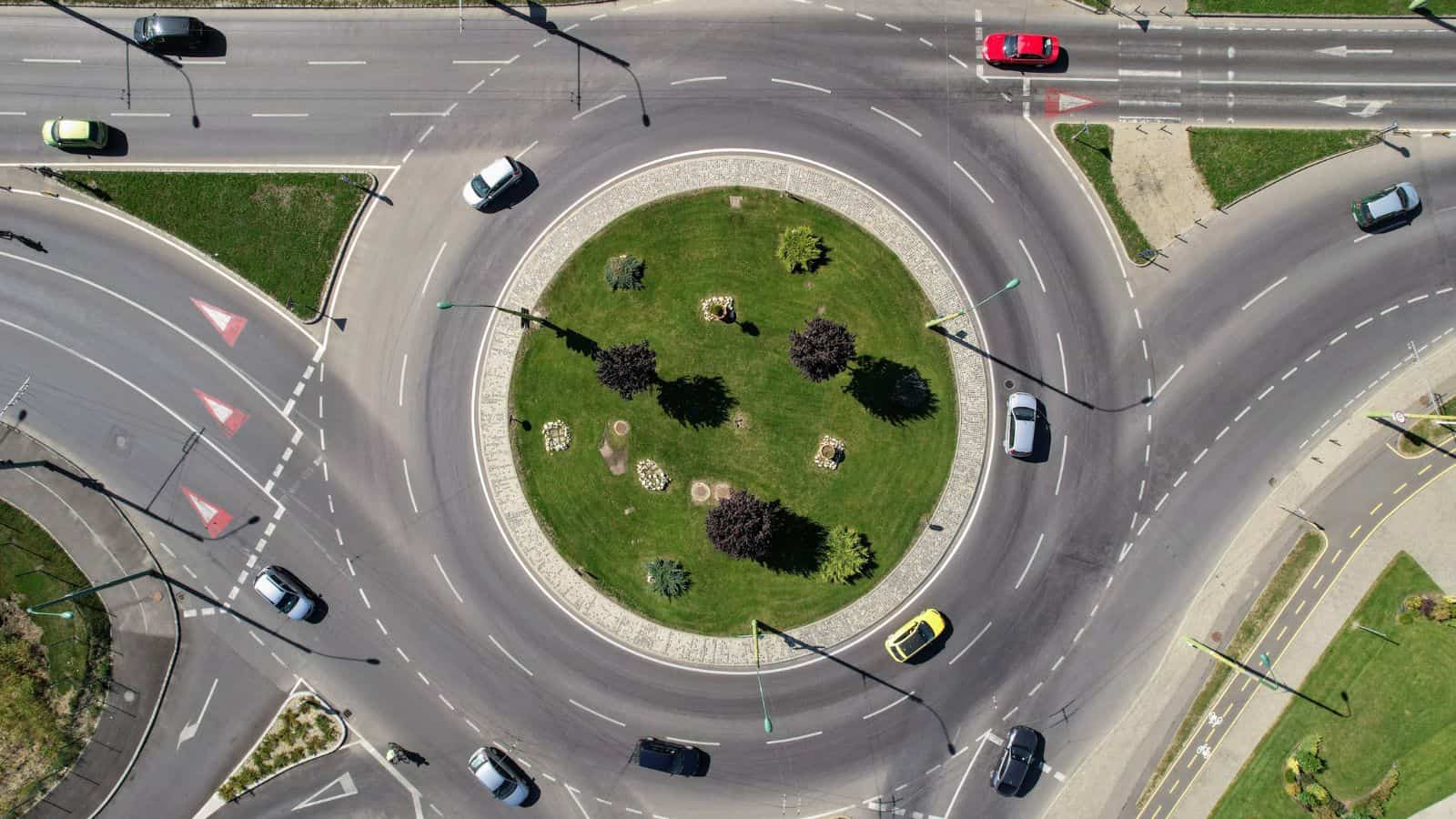
In Europe, roundabouts are very common, and most European drivers will be very accustomed to them, but this could be baffling for an American driver who is more accustomed to grid-style city layouts and a preference for straight roads. The practical differences come down to the fact that European cities, often with narrower streets and denser populations, have found roundabouts to be a practical solution for managing traffic flow.
Greeting Kisses

It can be hard to remember the customary greetings for Europeans—one kiss on the cheek in the UK or two in France—and it can be hard to know what to do. Americans typically greet each other with a handshake or a hug, but in many European cultures, greeting kisses on the cheek are the norm. For Americans accustomed to more reserved greetings, this physical intimacy can feel uncomfortable or even invasive.
Taking a Gap Year

Taking a year off between high school and college is often seen as a time for exploration and personal growth in Europe, but Americans tend to view it with skepticism or as a delay in career advancement. In many European countries, taking a gap year is encouraged as a way for young people to gain life experience, travel, volunteer, or work before committing to a specific academic path. In contrast, the American education system often emphasizes continuous academic growth, with students expected to proceed directly to college after high school to avoid falling behind in the competitive job market.
Alcohol with Meals

Drinking alcohol is often associated with social gatherings or special occasions, but Europeans frequently enjoy wine or beer as a regular accompaniment to their meals. This cultural habit starts in some countries during their teen years by drinking wine with a family meal. This contrasts with the American tendency to view alcohol as more of a celebratory or recreational beverage. Give an American teenager a glass of Shiraz, and you might have a few problems with their parents.
Long Distances
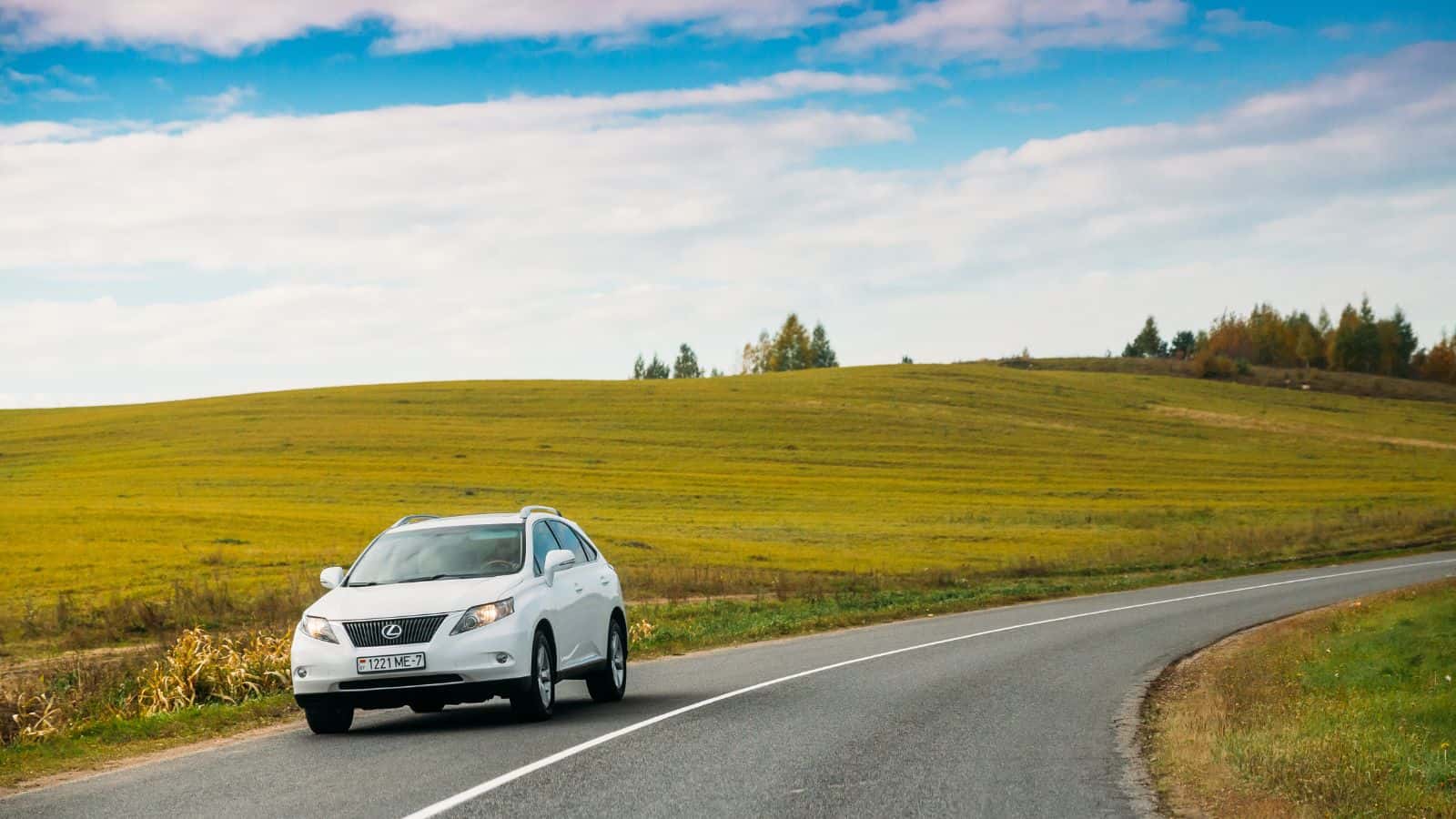
Ask the average European about a long-distance drive, and their perception of “long” will most likely not compare to that of the average American. European countries are smaller, making long car journeys less necessary and less appealing compared to scenic train rides or shorter flights, whereas driving between states or cross-country seems like second nature to an American, who has likely traveled vast distances, frequently by car or Greyhound bus.
Up Next: 19 Signs That Say You’ve Officially Entered Old Age

Old age comes for us all, though we do our best to resist it for as long as possible. But aging isn’t only gray hair, wrinkled skin, and yelling at kids to get off your lawn. Here are 19 signs you’ve realized you’re no longer the young stud you once were!
19 SIGNS THAT SAY YOU’VE OFFICIALLY ENTERED OLD AGE
17 Things That Are Too Woke For Boomers

Our society is so different from what it was decades ago, and boomers don’t like much of what everyone considers normal in today’s society. In this light, here are 17 things about ‘woke culture’ that particularly make boomers uncomfortable.
17 THINGS THAT ARE TOO WOKE FOR BOOMERS
17 Things You’re Just Too Old To Be Doing Anymore

The older you get, the more fragile you are physically and mentally, so it’s important to prioritize your well-being every day. Whether you still feel young at 50 or are closer to 80, we’ve compiled 17 things you’re too old to be doing anymore.
